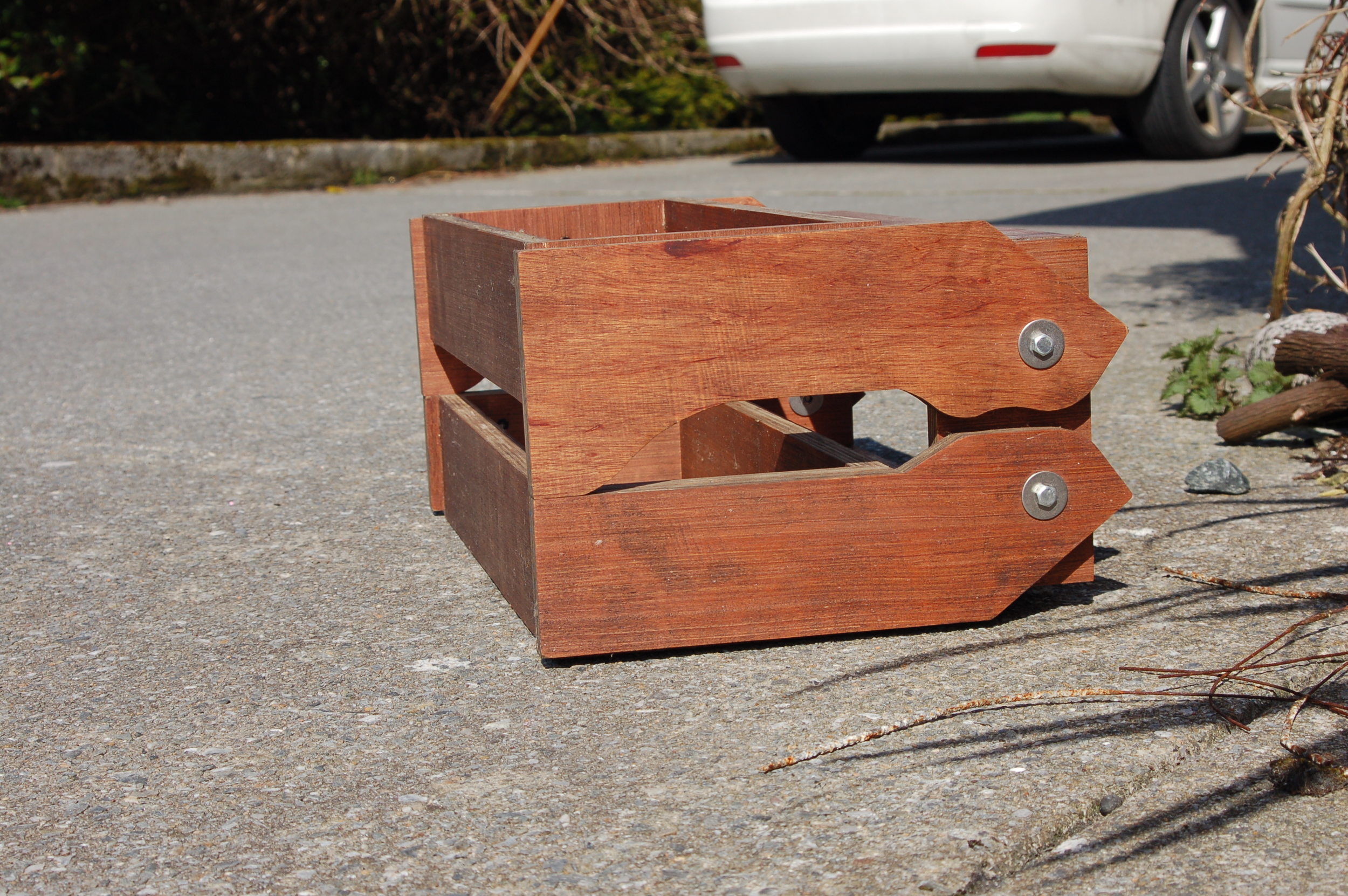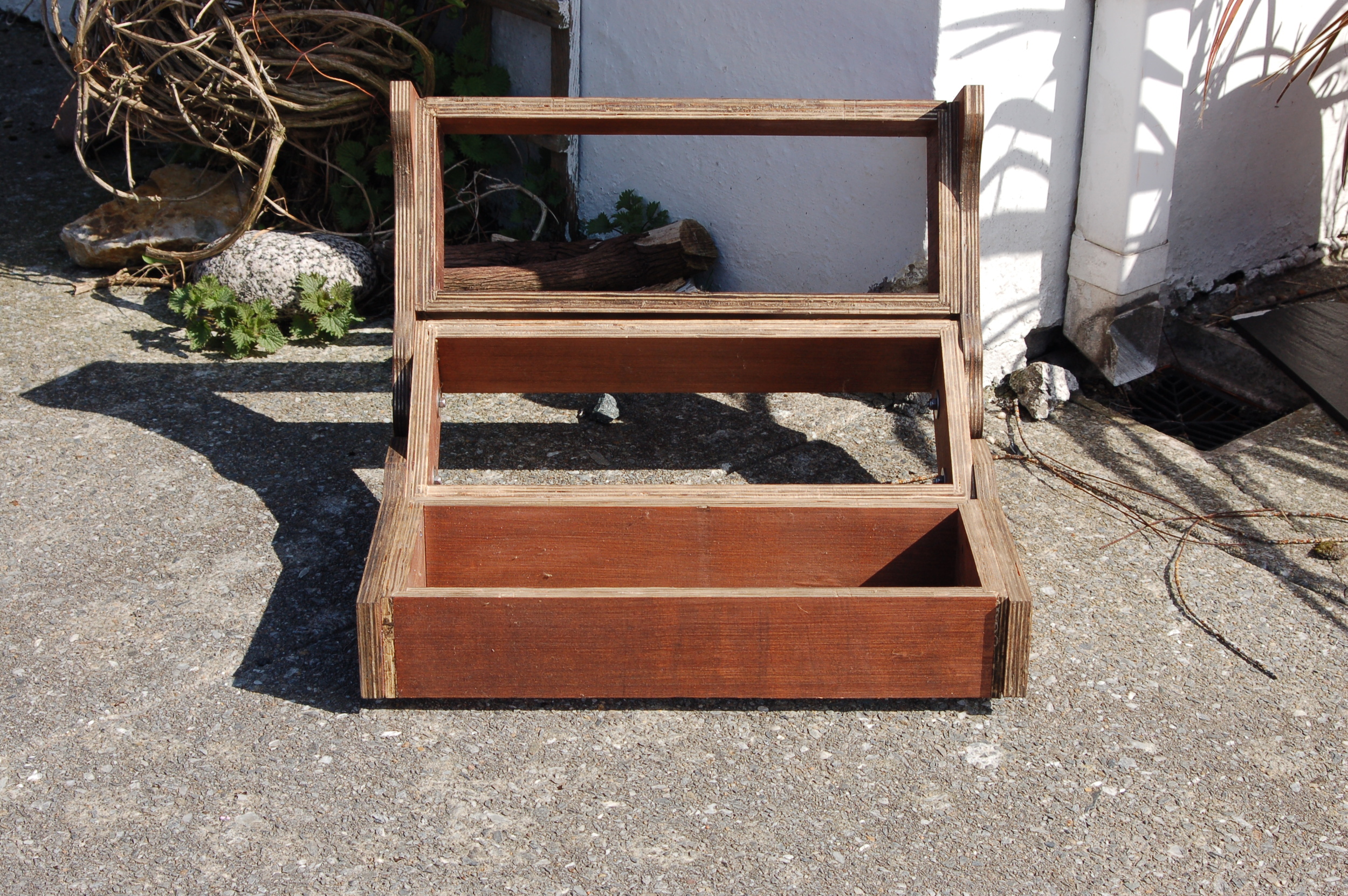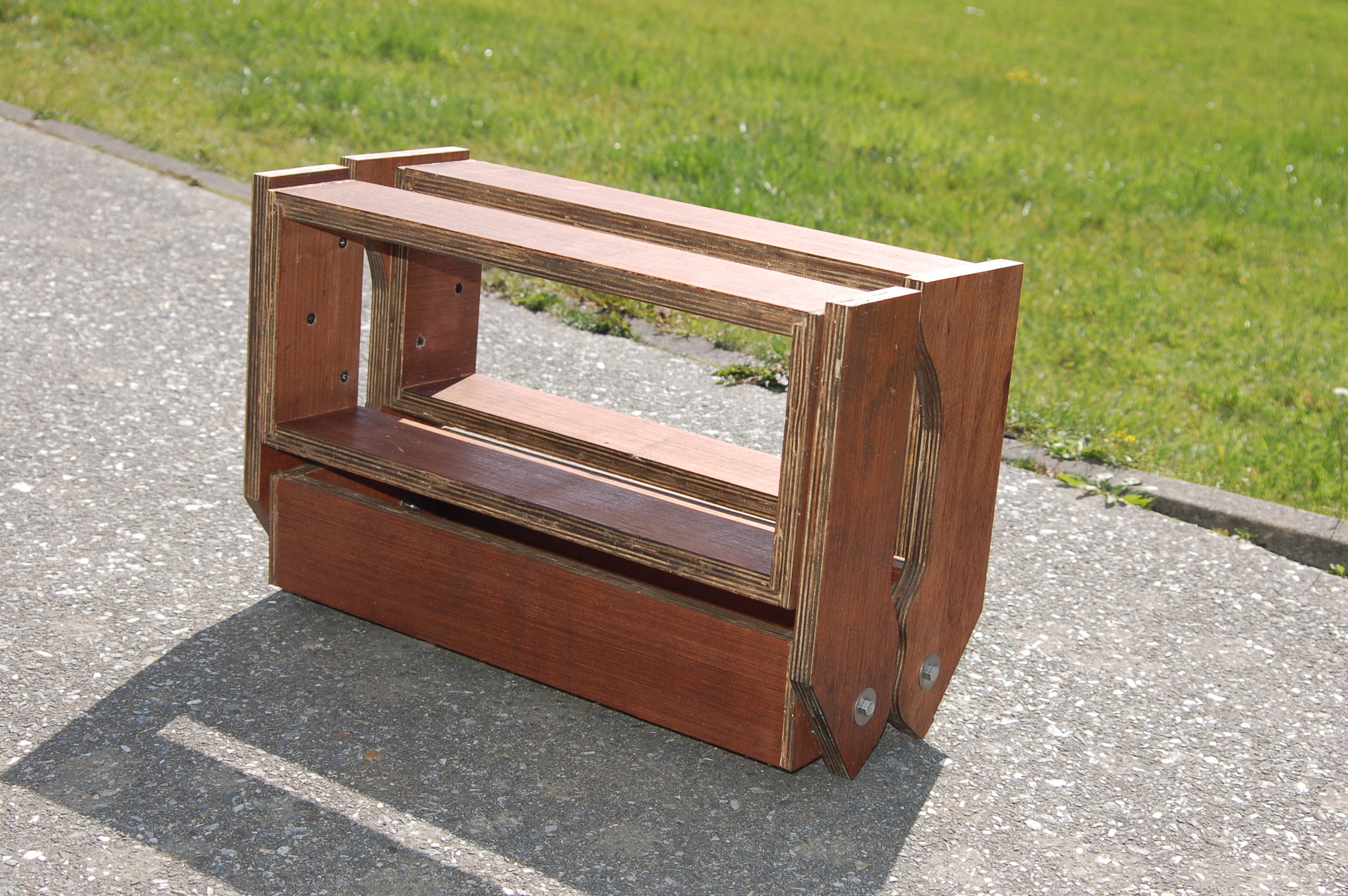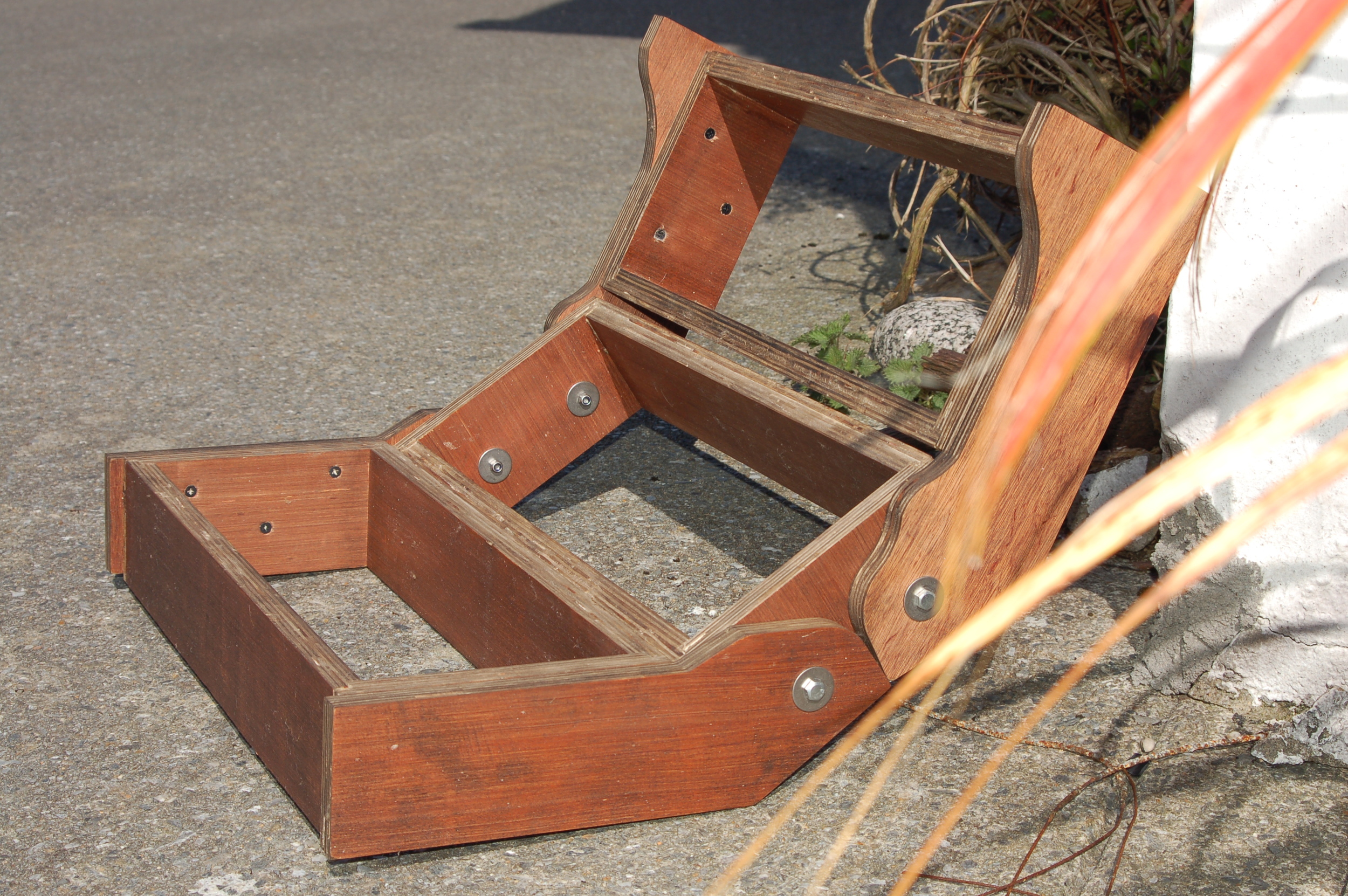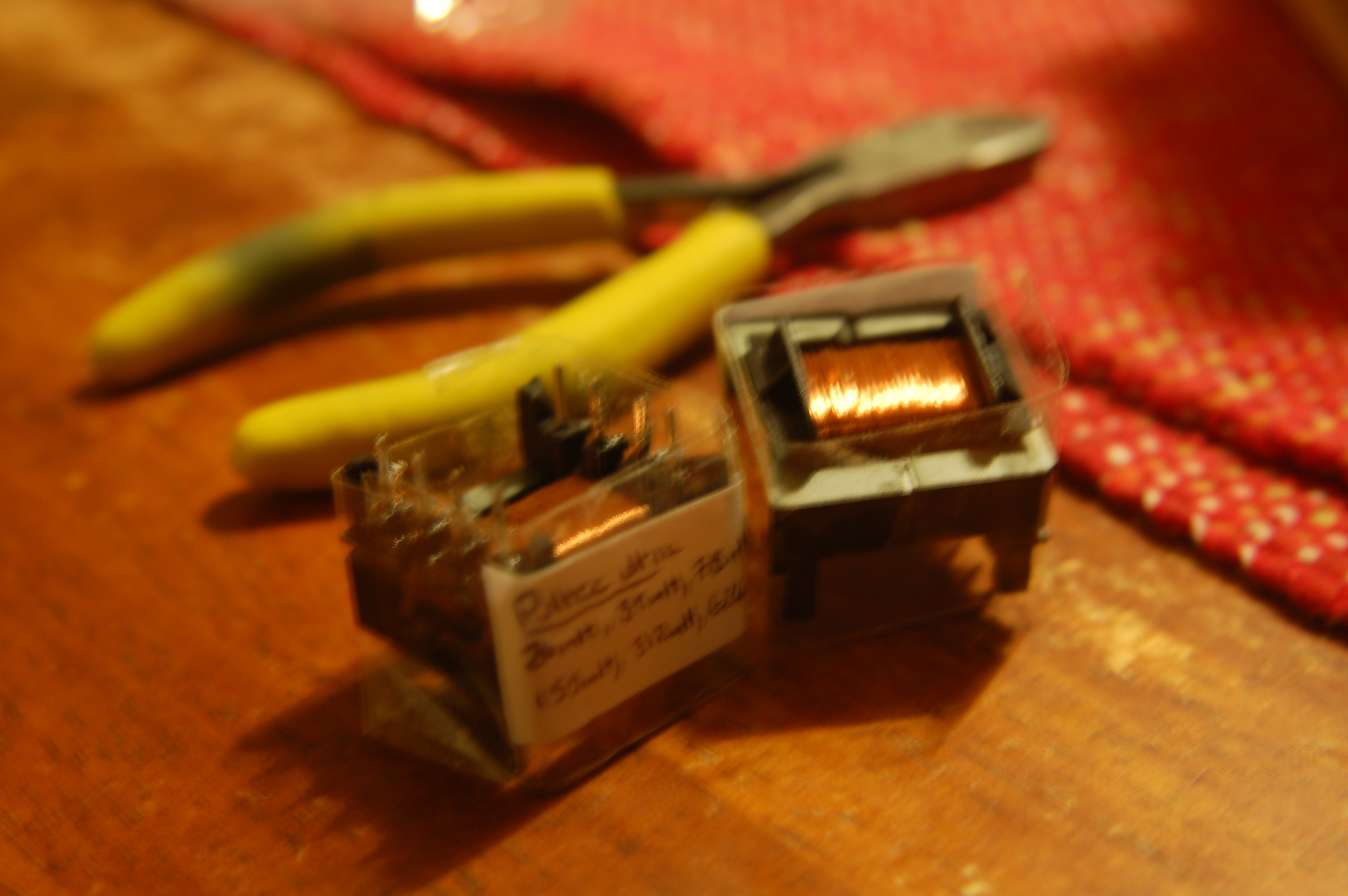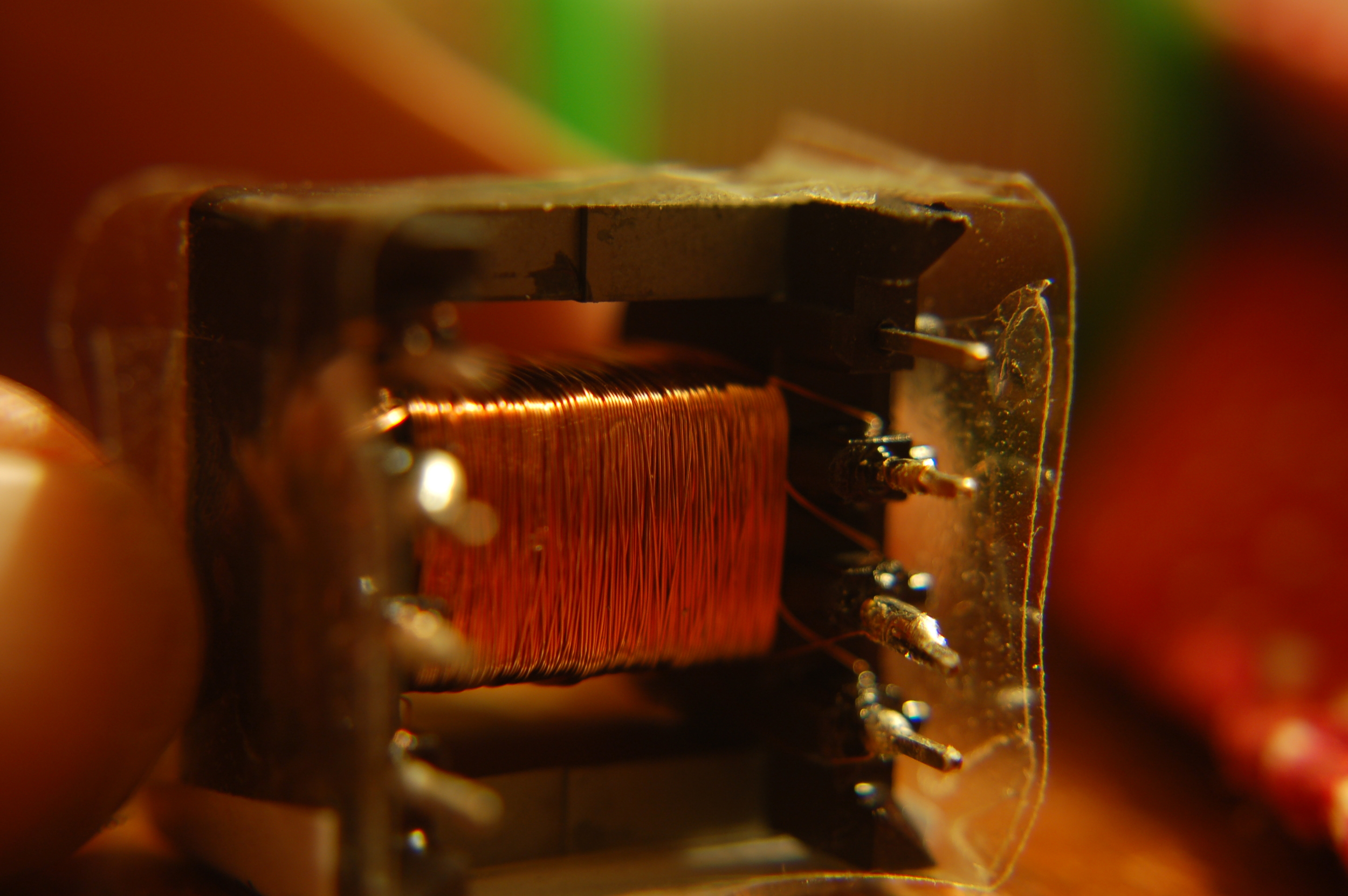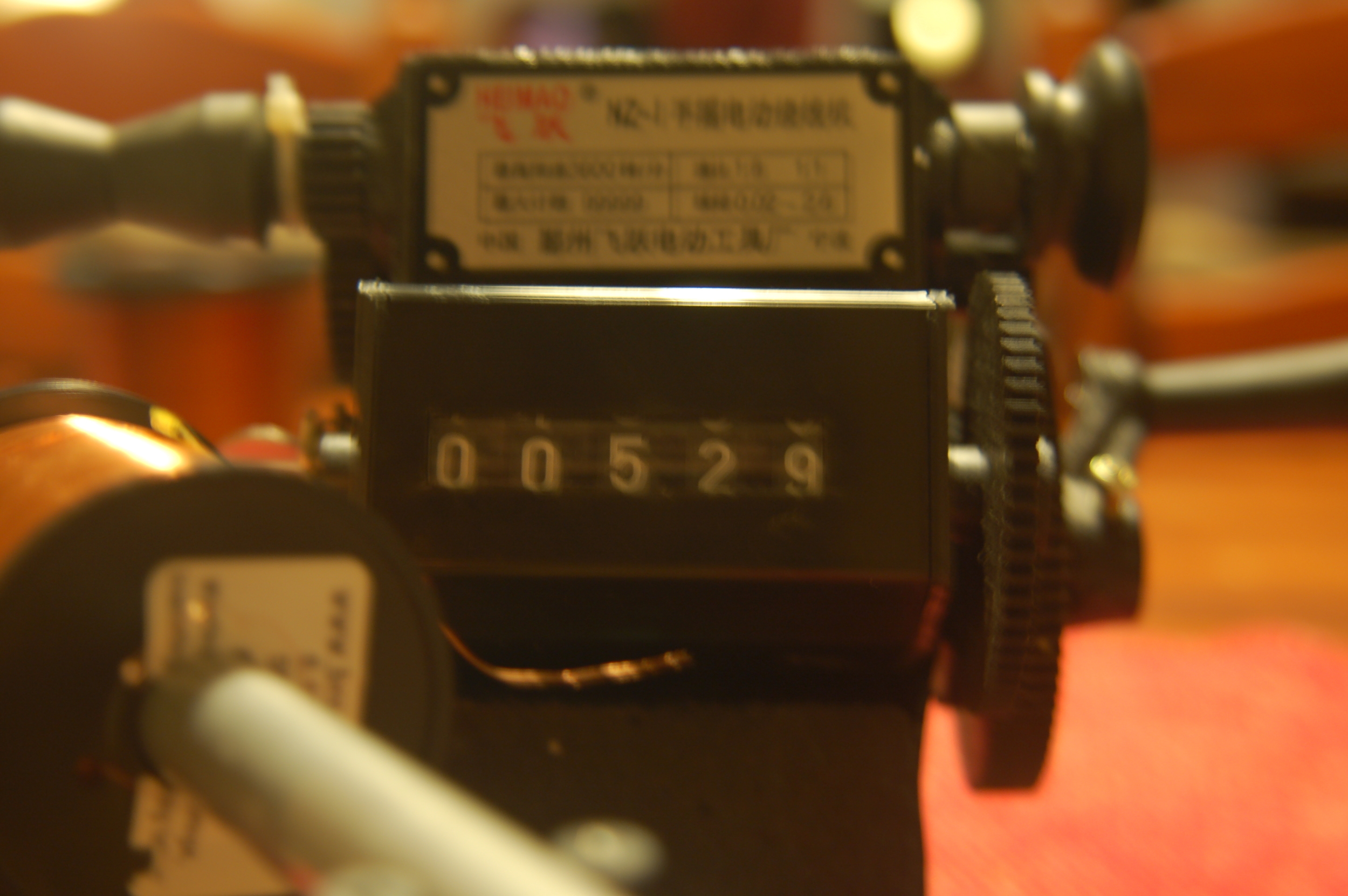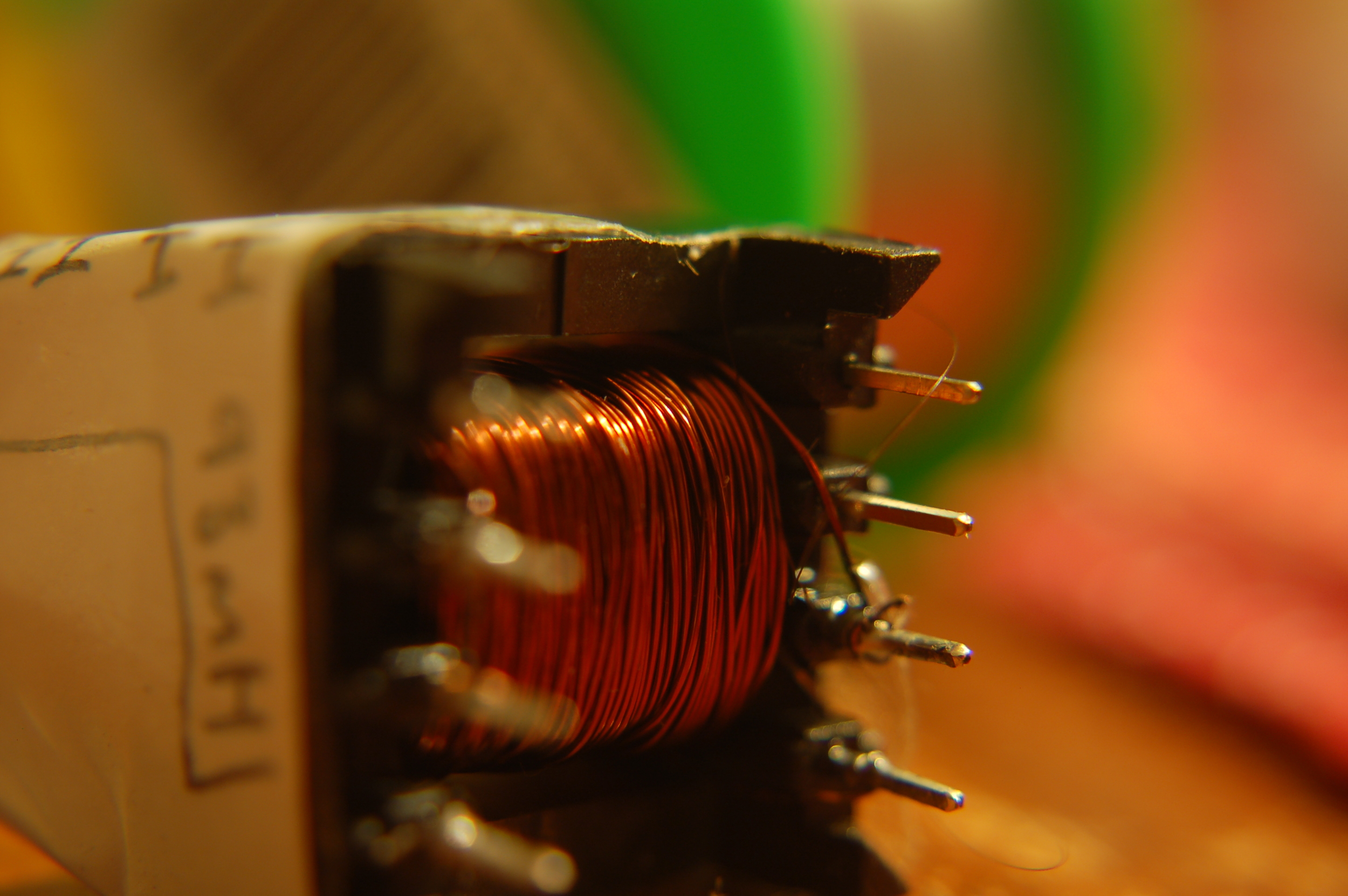I have decided to make the Risset Filter max4live effect available as a free download for fans of Ableton Live. You can find it here.
Ninbendo update
The Ninbendo project takes a leap forward today, you can read about it here
Synth Case DIY
I love the holidays, I get some time to get projects from idea to fruition. Over recent times I have been collecting a serious amount of synthesiser modules, some I've bought, some I've designed myself. Before I can really make use of them however I need an enclosure. This was the challenge for yesterday/today.
The result is a case designed yesterday, built today and heavily inspired by the folding designs of Don Buchla, specifically the Buchla 200e System 5. There are three 17" "boats" that hold the modules located top, middle and bottom each of which will house oscillators, filters, LFO's, VCA's ADSR's etc. I unfortunately do not yet have a metal brake to allow me to bend metal boats in house so I decided to CNC everything out of marine grade ply wood. A coat of oil gives the vintage tattered look I was after.
Call the Bucket Brigade
Daddy of Delays: Deluxe Memory Man
Here it is, the daddy of Delay pedals: The Electro-Harmonix Deluxe Memory Man.
I've been trying to get my grubby little paws on one of these for some time now and now that I have I must say I am not one bit disappointed, in fact I'm over the moon with it.
This pedal is an "analogue delay". The technicalities of analogue vs. digital are; that instead of a digital memory buffer to store audio and release it after a set period of time (digital) the "vintage" method employs dedicated integrated circuits called BBD chips (MN3005 and the rest of the family). Why are these better sounding (to me at least) than digital delays?
Well...
The repeats are not perfect, spectrally speaking: each time the output is fed back into the input (a process known as Feedback) it loses some high frequency detail. This process results in more "natural sounding delays" that are technically just lacking in high frequency detail. I believe this plays a major role in the reasoning behind BBD based delays being favoured the world over. That and the phase deviations above 10kHz.
If you're interested in the specifics of the analysis in relation to frequency response, there's a rather good paper from the fine people of Stanford here.
Otherwise, here's a quick sample:
Going through a phase...
Spectrograph of Krautrock phasing...
This week I have been mostly battling with a long running project; reverse engineering a phaser design by a true hero of mine, the late Jurgen Haible. This project involved re-creating the circuit from little more than a few low resolution images and a lot of bashing my head against the wall. Suffice to say this didn't happen overnight. The unit can be seen below, note the 7v light bulbs that are surrounded by light dependant resistors; these give the Krautrock phaser its unique sweeping shape. By looking at the spectrograph above you can deduct the shape visually; a logarithmic curve rather than the sine or triangle wave-shapes one might traditionally encounter.
Inclusive Creativity: NI Science Festival
Myself and James Pike alongside many others will be talking and demonstrating at the NI Science Fest. on Friday 20th February. If you're interested to hear "Wave Motion" in the flesh, or indeed get some insight into the methodologies involved in the audio reactive projection mapping elements of the Diffusion project we would be glad to see you.
Here's the; Schedule
CNC details updated
Read about my exploits into the realm of digital fabrication here
Academic Works Updated
As I get this place in shape I will be posting some updates here. If you have some spare time and you are interested, do check out some of my academic works.
Back to Analogue
Although it's not immediately obvious based on the expansive areas of content here, my first passion is Music Production and the academia surrounding the field of Music Technology. I recently made the decision to ditch the software in favour of hardware and as such am currently on a mission to create my own tools. The use of sole point click methods of interacting with Music Software stifles creativity in my eyes.
There are several elements under development; custom compressors, circuit bent mixing desks, external signal processors and a custom analogue synthesiser built into an aluminium suitcase...all of which I will detail at some point down the road.
Today I got started on building the key parts for my "Frankenstein Vintage EQ" This will eventually be detailed much more extensively in its own page.
The design will be very loosely based on the Pultec EQP 1A3 Solid State EQ which fetch $5,000 and above for a stereo pair. The heart of these units is a passive EQ stage with inductors, resistors and capacitors to filter the sound. After which an amplifier adds back that which has been lost; gain.
I had the opportunity to audition a Pultec a few years back and it is an experience I will never forget, if vintage warmth does indeed exist, then this thing has it in bucket loads.
My incarnation is/will be pretty extensively modified: custom wound inductors (seen above) many more EQ bands, a JFet amplification stage of my own design (to make up for the loss caused during passive filtering), Switchable Capacitor types (paper in oil and metallised-polyester)
Once I get my feet wet with the Pultec I am also set to build my own version of the EAR825 a bargain at $15,748. Similar in some respects but not strictly "passive" The design is complete and tested in software, the build is a bit more intense however so it is currently on the back burner.
Under Construction..
Have a look around then. And feel free to let me know your thoughts.



